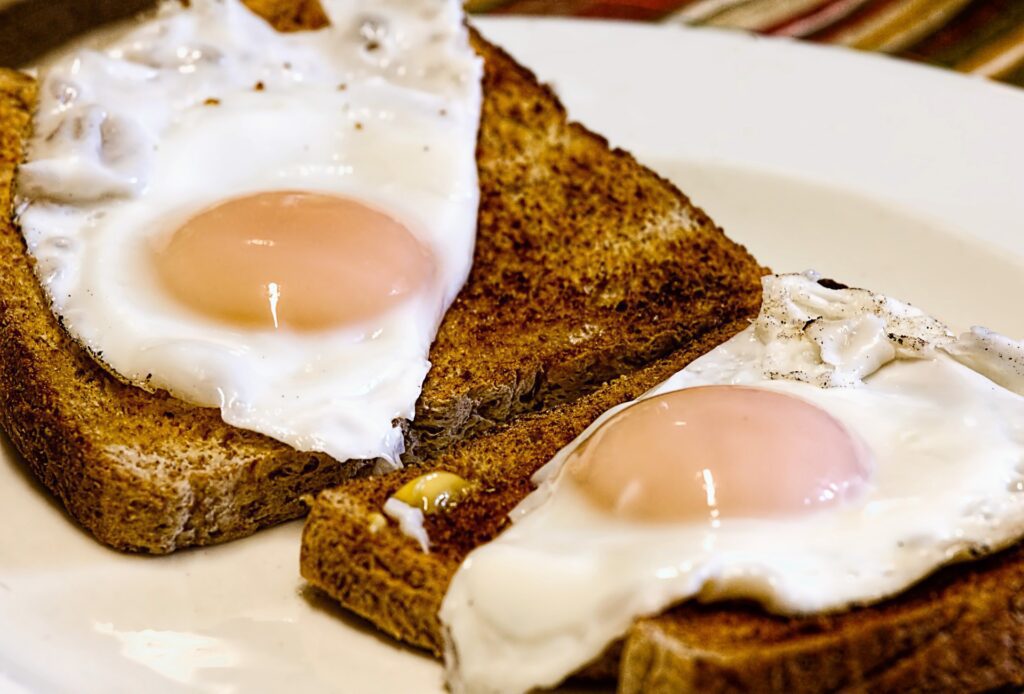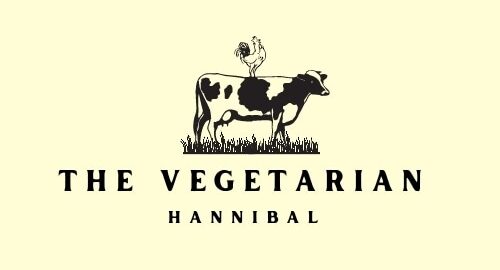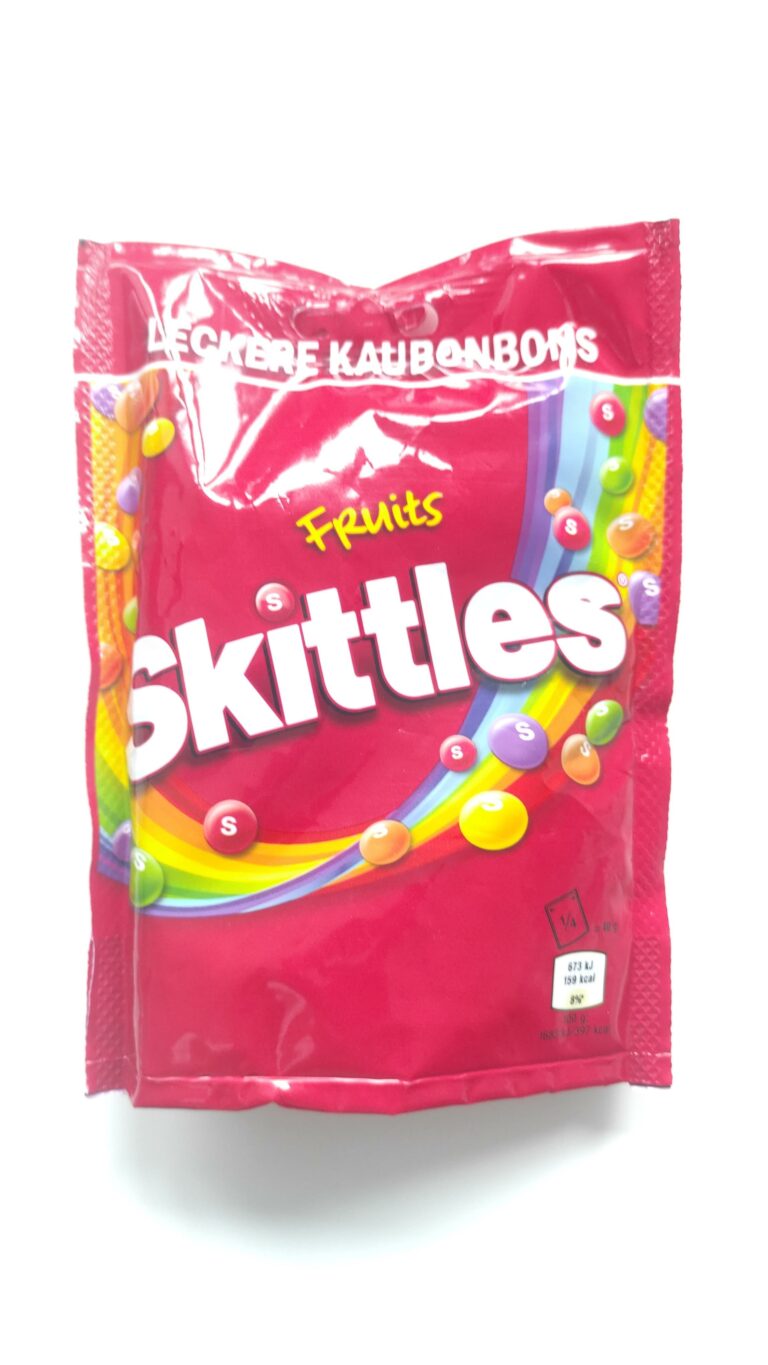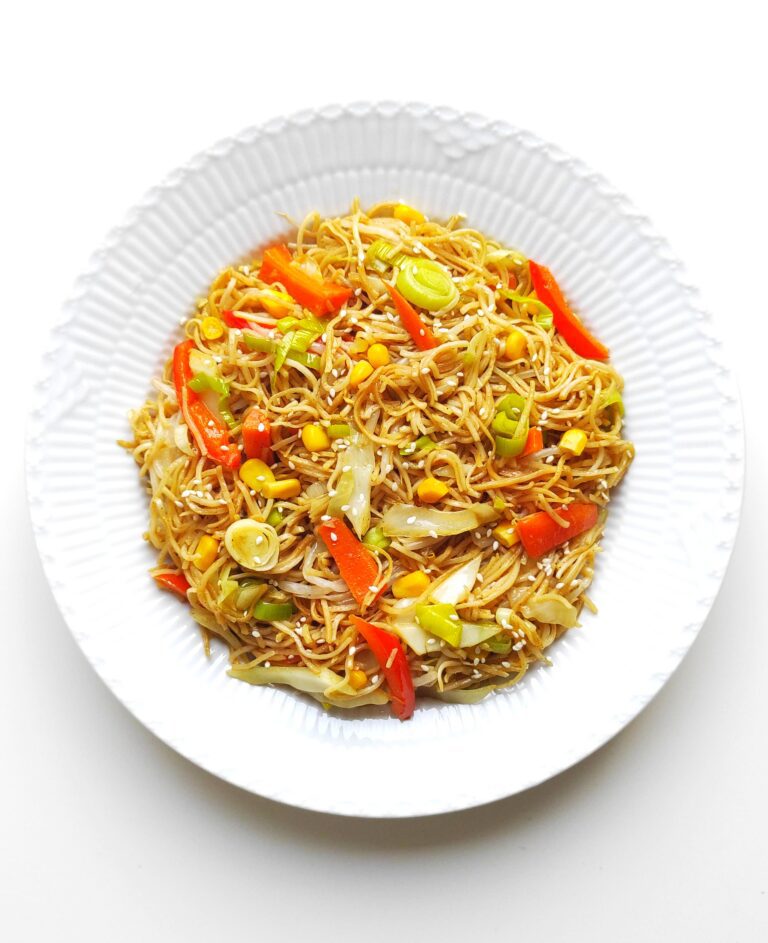Lacto-vegetarian | What is a lacto ovo (ovo-lacto) vegetarian?

In our article, “vegan vs vegetarian“, we have informed you about the differences between veganism and vegetarianism. In another article, we have explained what a pescetarian diet is. Today`s topic is the lacto-ovo-vegetarian diet. What is a Lacto ovo vegetarian?
What is a lacto ovo vegetarian?
Being a vegetarian is not a recent fad. The meat-free diet has a lengthy history with origins that stretch back to antiquity. The reasons for giving up meat are varied and include: In addition to moral and environmental concerns or diseases are frequently the motivating factors. If you want to know more about meat, meat consumption, and the negative effects on our health, take a look at our article “Is meat healthy?”.
The Latin term “vegetare” gave vegetarianism its name and stands for growing or living. In addition to plant foods, vegetarians generally eat only foods that come from living animals – that is, eggs, milk, cheese, yogurt, and other dairy products. All meats, as well as fish, are avoided.
But among vegetarians, there are subtle differences depending on their food choices: Vegans are the strictest vegetarians. They avoid all foods derived from animals, so not only meat and fish, but also milk and dairy products, cheese, eggs, and even honey. Lacto-vegetarians eat milk, dairy products, and cheese in addition to plant foods. Ovo-Lacto vegetarians additionally consume eggs.

Health aspects of vegetarianism
According to the German Nutrition Society (DGE), scientific studies show: (ovo)-Lacto vegetarians are less likely to suffer from obesity and high blood pressure. Their risk of cardiovascular disease and certain cancers is lower. As a result, their life expectancy may also be higher. Experts attribute this in part to the fact that this group of vegetarians consumes more fiber, vitamins, and minerals while consuming fewer calories and fat.
How to eat less meat?
Take your time
Start with one less specialized type of meat or two meat-free days per week. As you gradually increase, you will stop feeling like you are missing out.
Be on the lookout for fresh cooking ideas.
Don’t compare food to meat dishes; instead, take inspiration from the vegetarian options at restaurants. Be willing to try new things! After all, for fresh cooking ideas, how about enrolling in a vegetarian cooking class?
Look for alliances
Get together with friends or family and extend invitations to one another for vegetarian cooking and dining. In this approach, the cooking and socializing take center stage rather than the cuisine itself.
Take your time
Start with one less specialized type of meat or two meat-free days per week. As you gradually increase, you will stop feeling like you are missing out.
Be on the lookout for fresh cooking ideas.
Don’t compare food to meat dishes; instead, take inspiration from the vegetarian options at restaurants. Be willing to try new things! After all, for fresh cooking ideas, how about enrolling in a vegetarian cooking class?
Seek out alliances
Get together with friends or family and extend invitations to one another for vegetarian cooking and dining. In this approach, the cooking and socializing take center stage rather than the cuisine itself.
Variety in your meals
With the aid of onions, spices, and herbs, add a unique touch and robust seasoning to each dish! A meal can be given a variety of textures by using, for instance, toasted nuts or seeds.
Transform your preferred meal.
There are several dishes where meat can be simply replaced or removed, such as chili con carne, spaghetti with lentil bolognese, and kidney bean burger patties. Legumes make for the best alternatives because they are high in protein and keep you satisfied for a long period.
Check out our other articles about veganism and vegetarianism.
Check out my vegan and vegetarian recipes:
- Are marshmallows vegan?
- Is vegan meat halal?
- Where do Hindus worship?
- Is vegan meat processed?
- What is vegan wine?
- Are pregnancy tests vegan?







